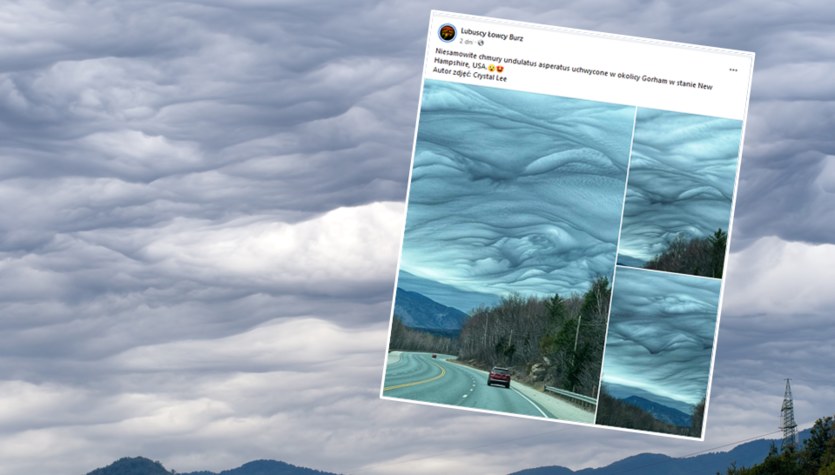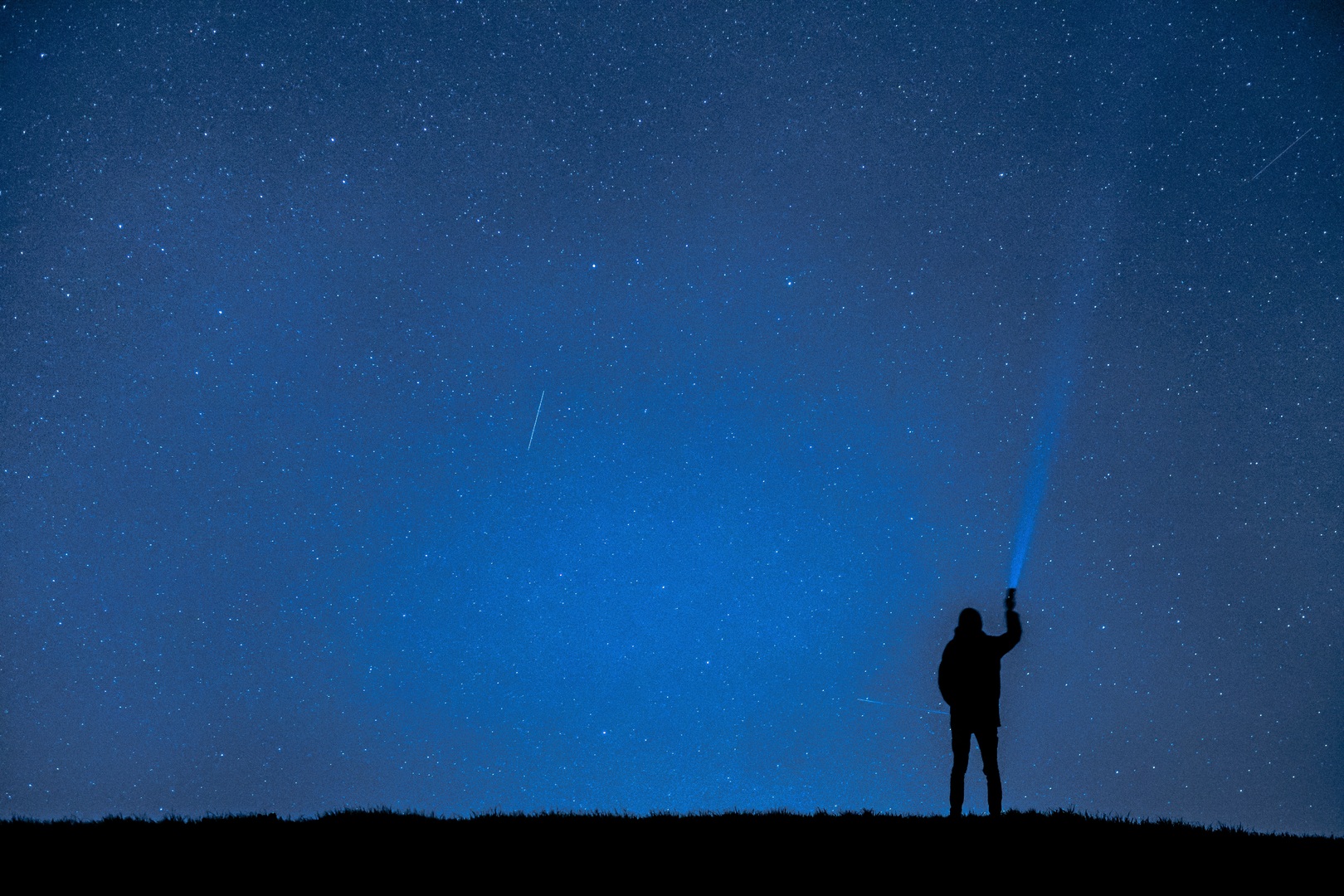Unfortunately, despite many years of research, both observational and theoretical, the discrepancy between these two values has not yet been explained. Another no less important issue concerns the expansion of the universe.
According to the best measurements, the universe is 13.86 billion years old. Several hundred million years later, during the era of reionization, it also became transparent, meaning photons emitted by stars and galaxies could move freely in space. As we know, the speed of light is 300 thousand kilometers per hour. This means, more or less, that when we look at the Moon, which is 360-400 thousand kilometers away from us, we see it as it was a little more than one second ago. When we look toward the sun, we see it as it was more than eight minutes ago. Looking further towards the Andromeda Galaxy (M31), we see it as it was more than two million years ago.
Read also: Webb sets a new record. These are the most distant galaxies we have seen
Now that we have telescopes that can peer into the far reaches of the universe, we can see the galaxies we see as they were 13.5 billion years ago. Thus, the light that reaches us today from the furthest reaches of the universe was emitted at the beginning of the history of the universe and took almost the entire lifetime of the universe to eventually reach us. From our position in space, we can see no further. Light from distant objects has not had time to reach us. We therefore face a kind of limit, the limit of the observable universe.
In theory, you might think that in a few billion years we’ll be able to see more, after all, light will have a longer time to reach us, so we’ll finally see beyond. The problem is that this would already be the case if we were in a static universe that neither expanded nor contracted. The universe will then become more fascinating, and humanity will be able to discover more and more parts of the universe over the centuries and millennia. The Hubble horizon, the size of the universe we can observe, will grow over time.
Read also: The James Webb Space Telescope discovered something that shouldn’t exist. Certainly not there
But in reality it will be a little different. Yes, we will be able to see increasingly distant objects for some time. It is estimated so far that we have seen about 43% of all the galaxies we will ever be able to see. In a universe dominated by dark matter and dark energy, the expansion rate of the universe is constantly increasing and distant objects are moving away from us faster and faster. The result is that although the observable universe will expand over time, there will be fewer galaxies in it, and those that remain within our observable universe will escape it, never to return.
In such a situation, we can consider that we are in a better position than future generations will be. Even if they could create better observing tools, they would not be able to see the distant objects that are still available to us. Paradoxically, the universe will become larger over time, but the observable universe will become smaller and less interesting.

Echo Richards embodies a personality that is a delightful contradiction: a humble musicaholic who never brags about her expansive knowledge of both classic and contemporary tunes. Infuriatingly modest, one would never know from a mere conversation how deeply entrenched she is in the world of music. This passion seamlessly translates into her problem-solving skills, with Echo often drawing inspiration from melodies and rhythms. A voracious reader, she dives deep into literature, using stories to influence her own hardcore writing. Her spirited advocacy for alcohol isn’t about mere indulgence, but about celebrating life’s poignant moments.










